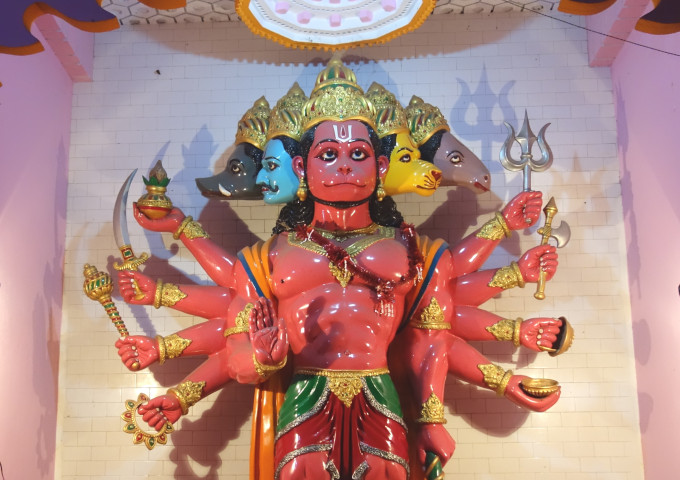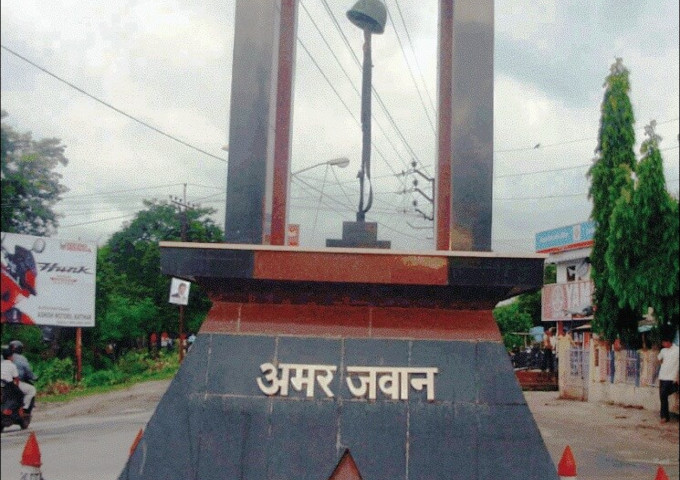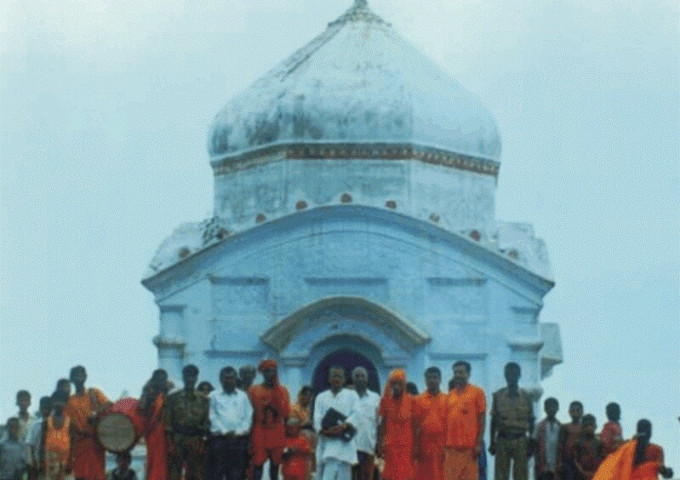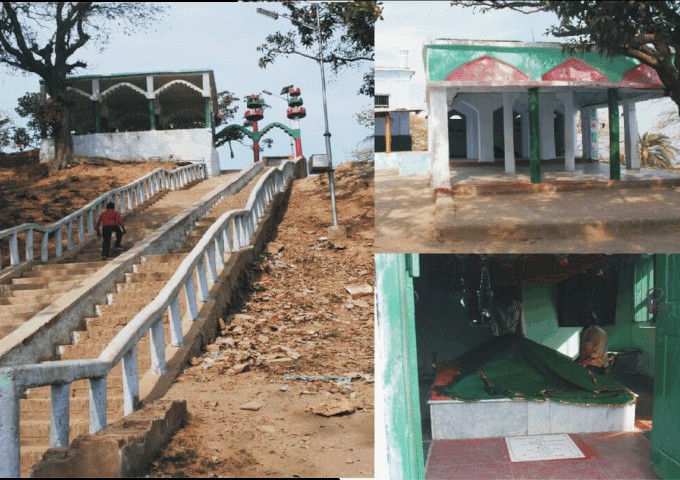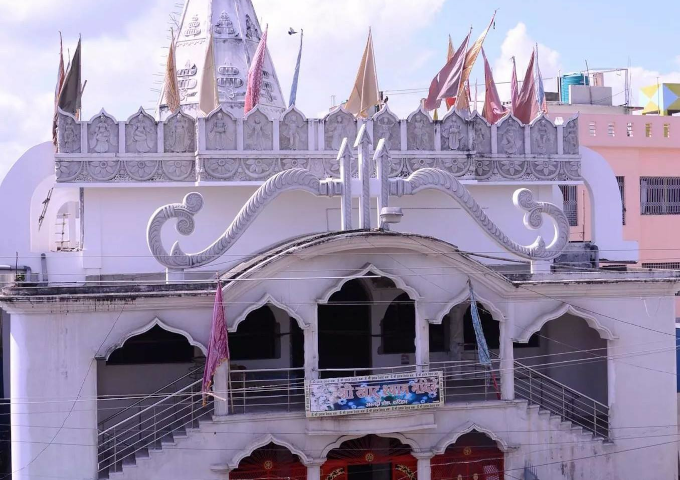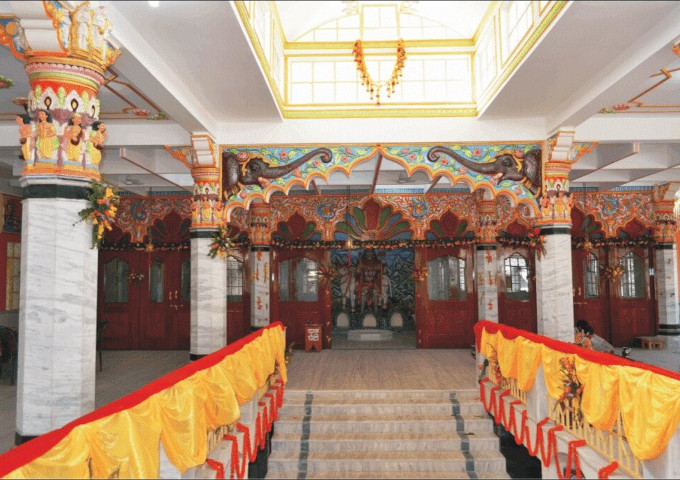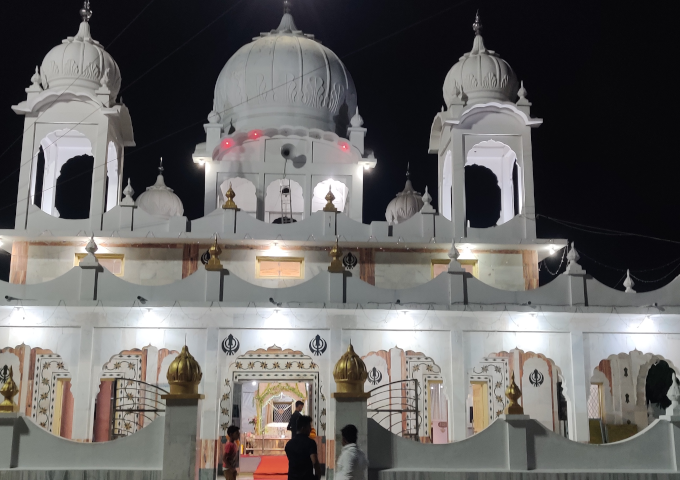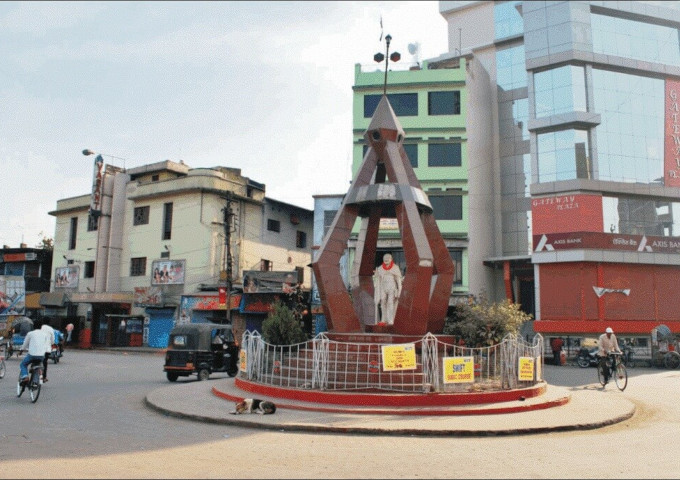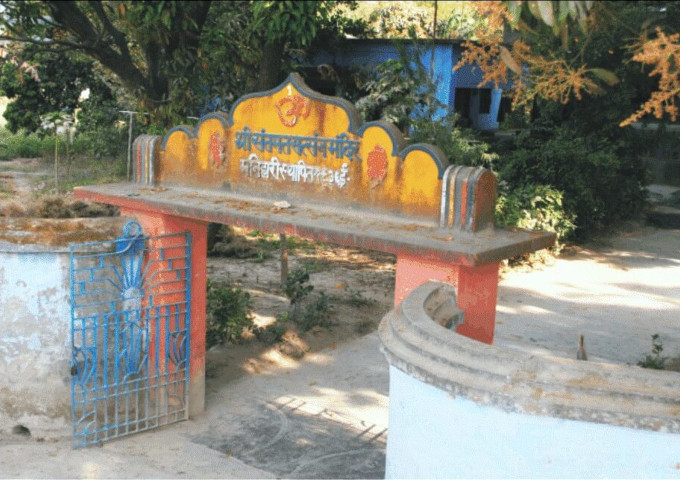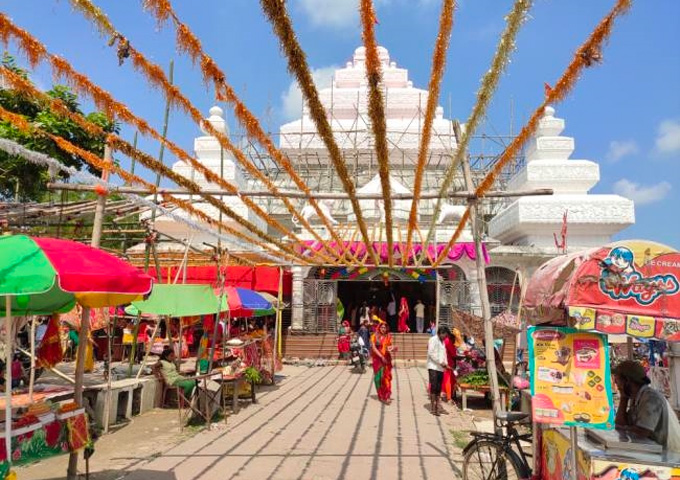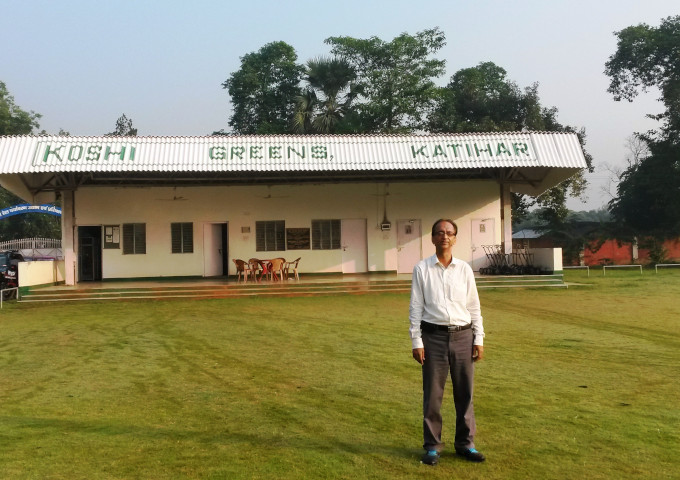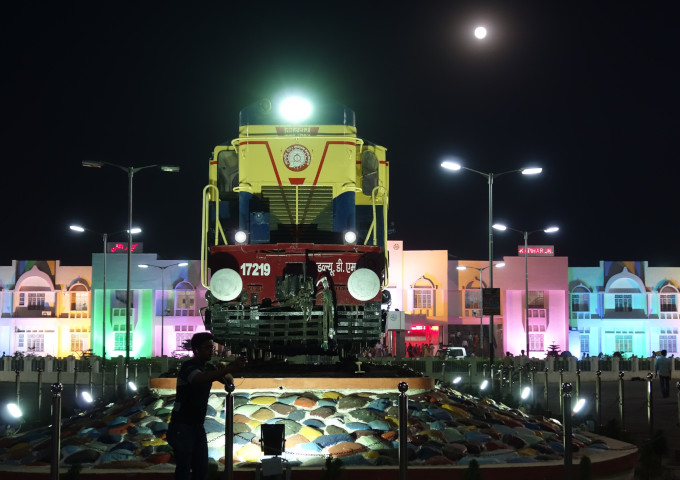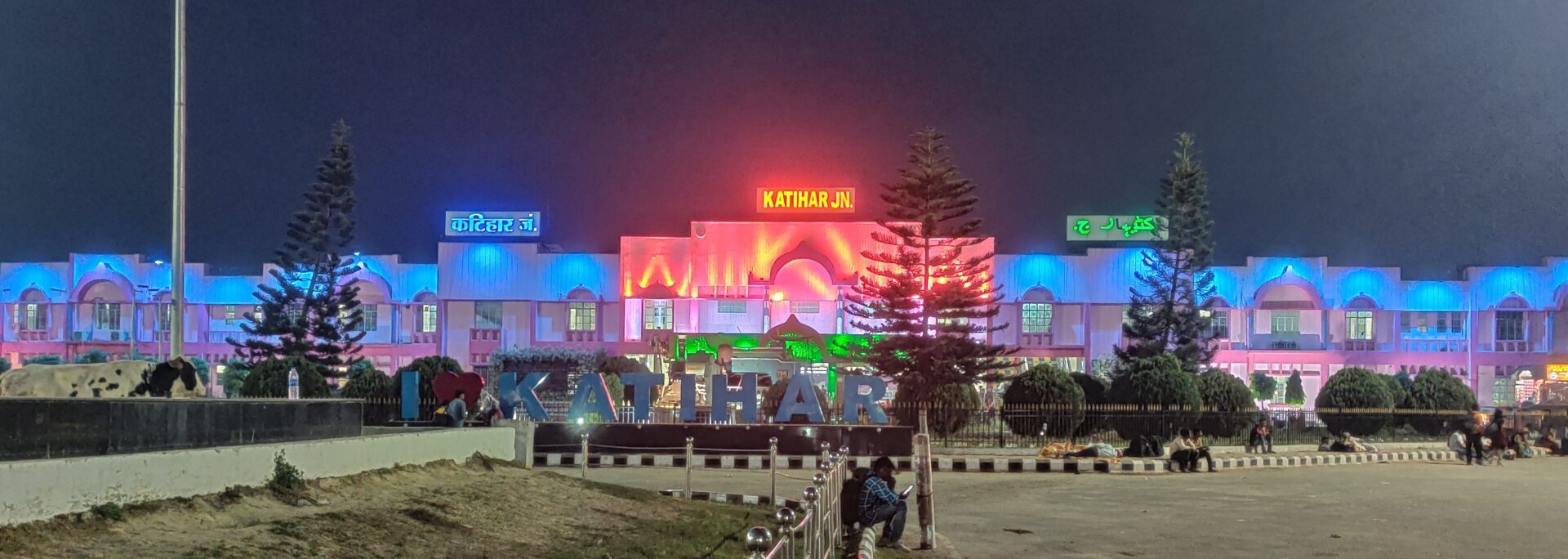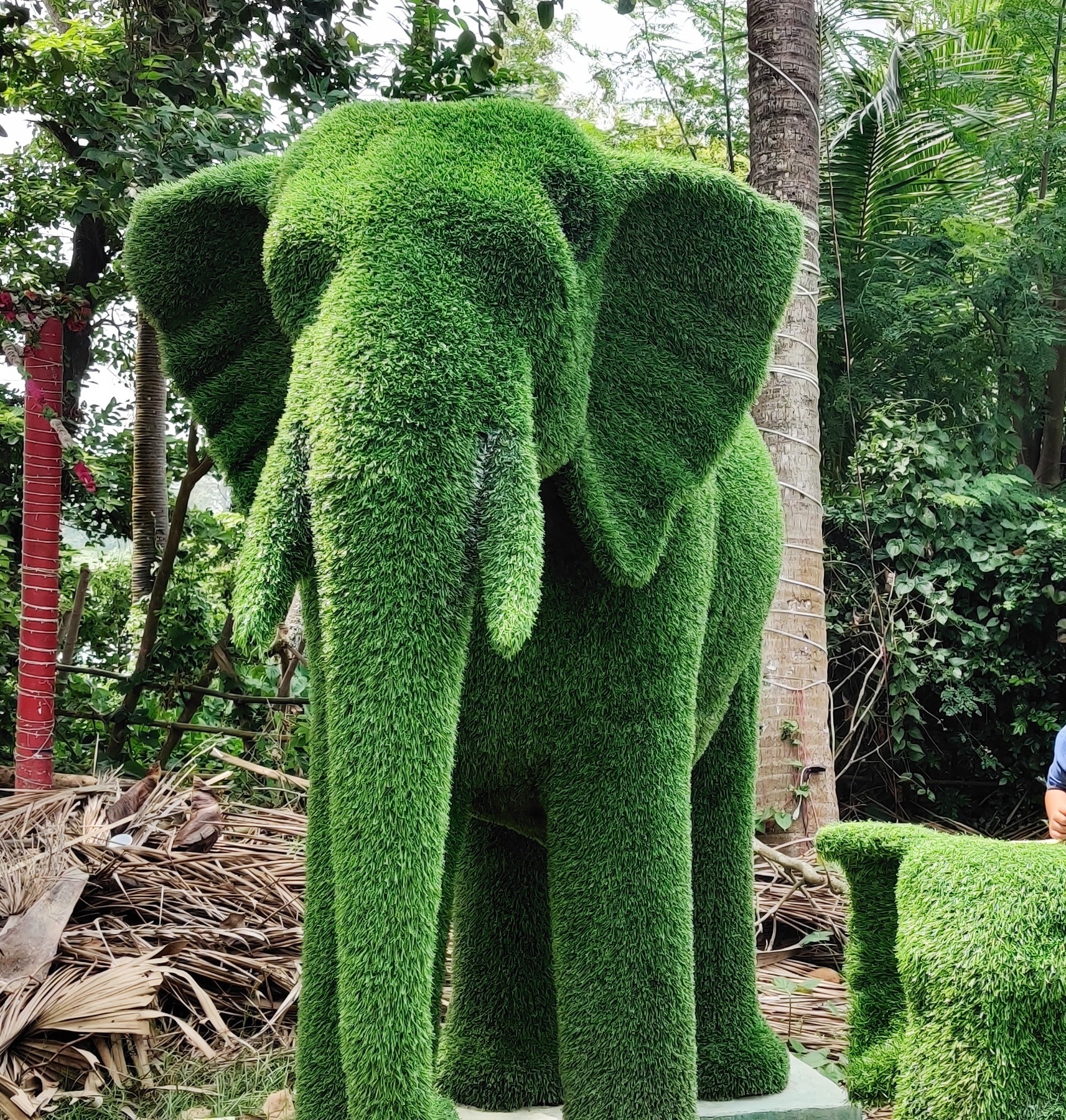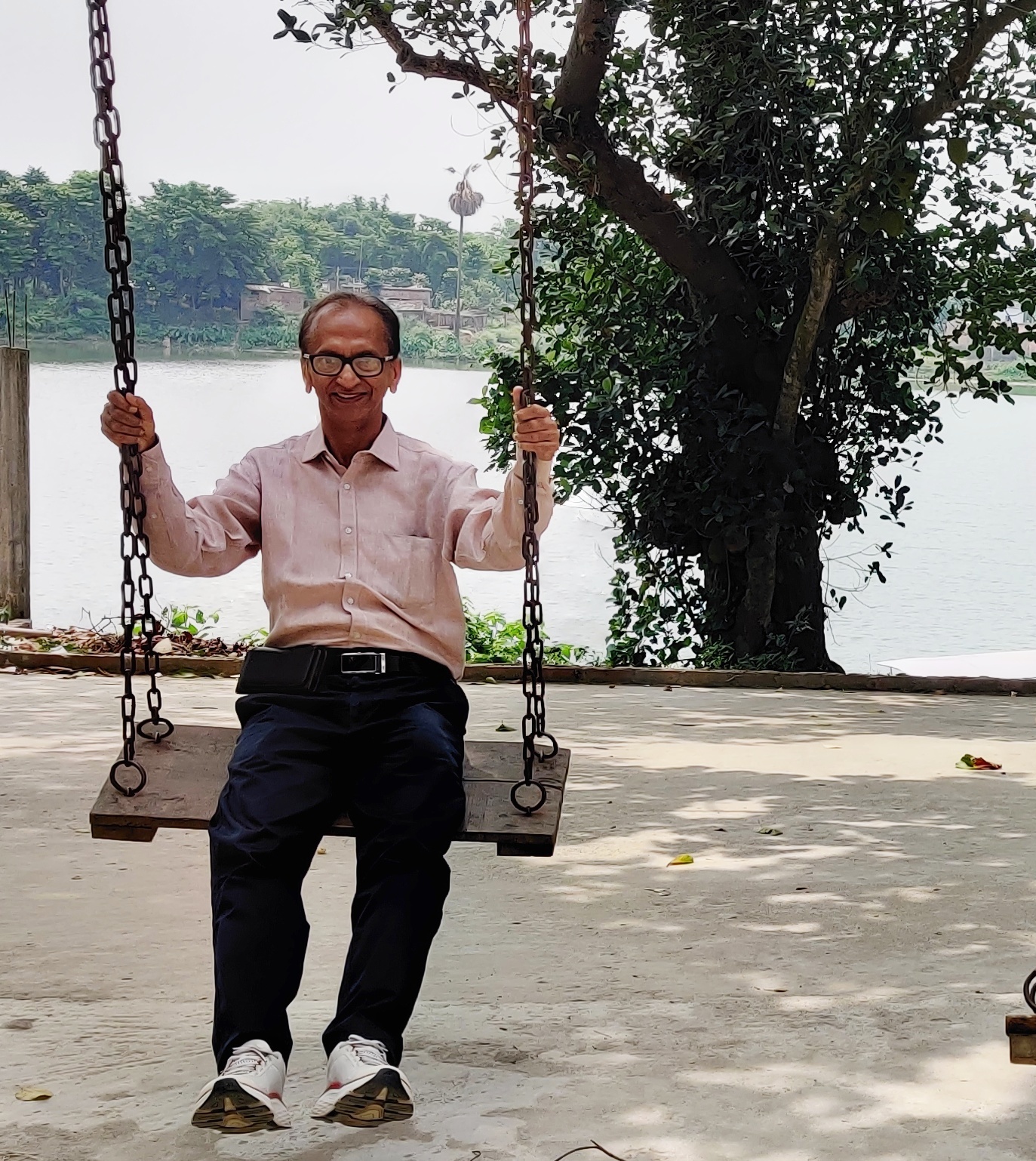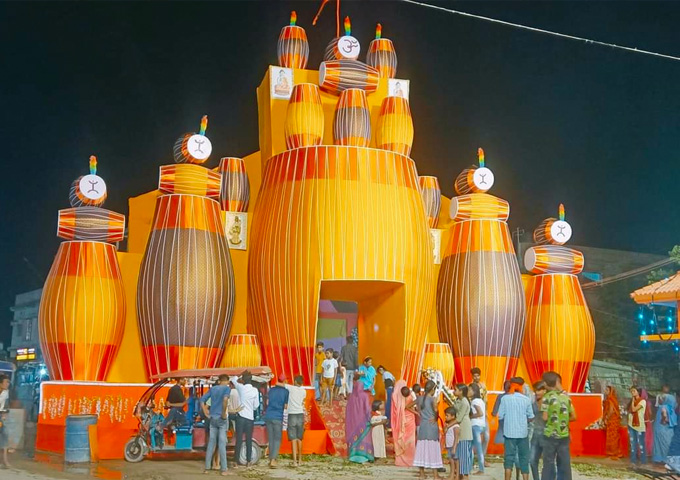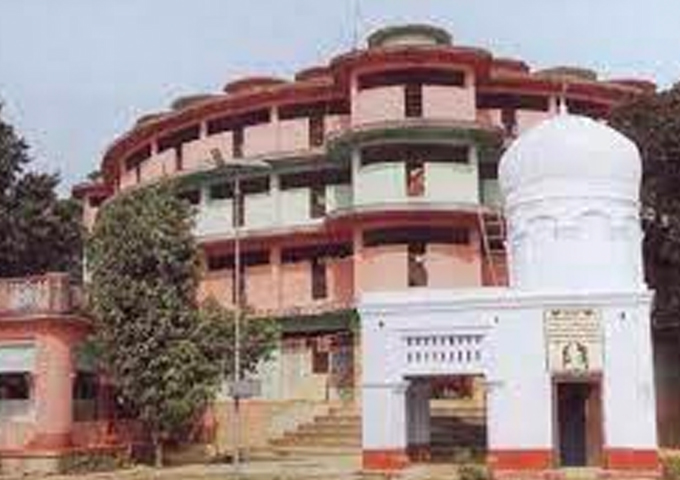Nearby Places
Nearby Places
The places to visit
Nearby Places
Indian culture is one of the most ancient and rich cultures of the world, it has remained immortal with its traditional existence since ancient times and not only gives us a sense of completeness with our intact heritage, traditions, customs, but antiquity, Along with continuity, receptivity and tolerance, it also presents a wonderful example of coordination of spirituality and materialism. The land of Katihar also makes its special identity permanent by incorporating these eternal values with coordination and aliveness. Like India's rich culture, this district also presents a living example of cultural diversity, where a unique confluence of traditions, heritage, languages, music and customs is seen, some of the important pillars of these diversities are mentioned in this light. Surjapuri is mainly spoken in different areas of Kishanganj, Katihar, Purnia and Araria districts. This is one of the most distinctive identities of Katihar, which is used as a common colloquialism in the border areas of the district, mainly in the Azamnagar, Barsoi, Balrampur and Kadwa blocks located east of the Mahananda river. Surjapuri is influenced by the main languages spoken around Purnia region like Maithili, Bengali, Urdu, Nepali. Although Surjapuri does not have the status of a language due to lack of its own script and grammar, efforts are being made at various levels to develop and give it wider recognition. Taking initiative in this direction, stories have been published in Surjapuri with the help of UNESCO, in which 'Mor Bator Ki Hole' and 'Jeena Chhe To Honeyman Jeeyo' are the main ones. Surjapuri songs are also popular among the local people, which are sung during the local festivals of those areas. Surjapuri cinema 'Naseeb Bir 'Khel', 'Mor Bibi B. A. Paas', 'Mor Payal Tor Geet' etc. have also contributed to its development. Which is very popular among the local people. In fact, the replica of the specialty of the entire Indian culture which reveals unity in diversity is clearly reflected in the culture of Katihar. It is necessary that this invaluable cultural heritage, heritage, fair-festivals, special worship-methods, dialects and special styles of living should be given vibrancy through an overall public effort.
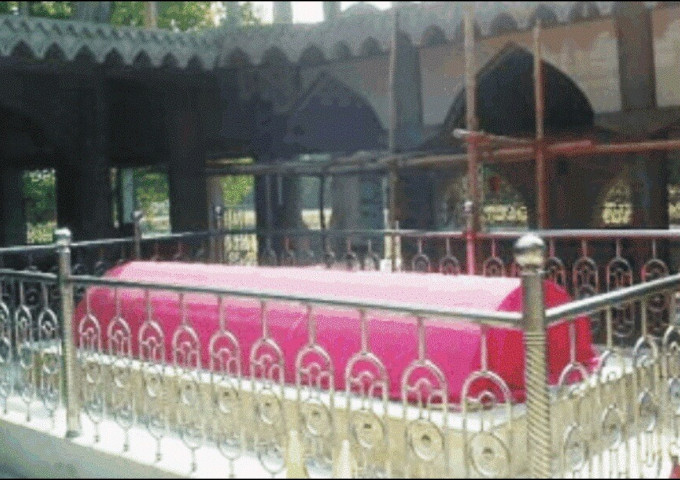
Khanka Rahmanpur Sufi Temple, Barsoi
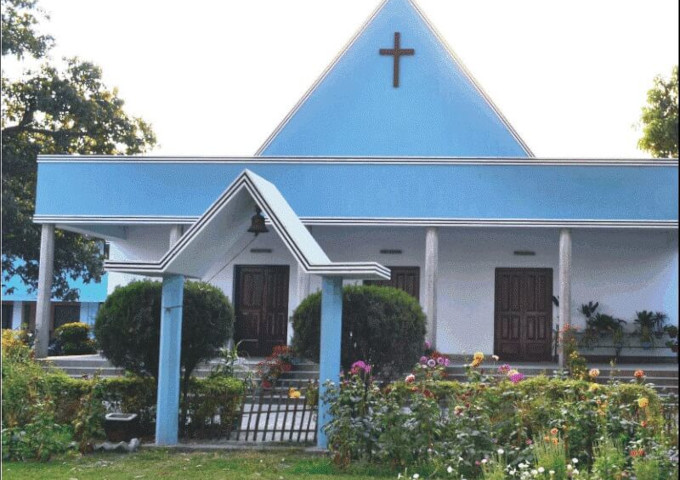
Protestant Church, Katihar
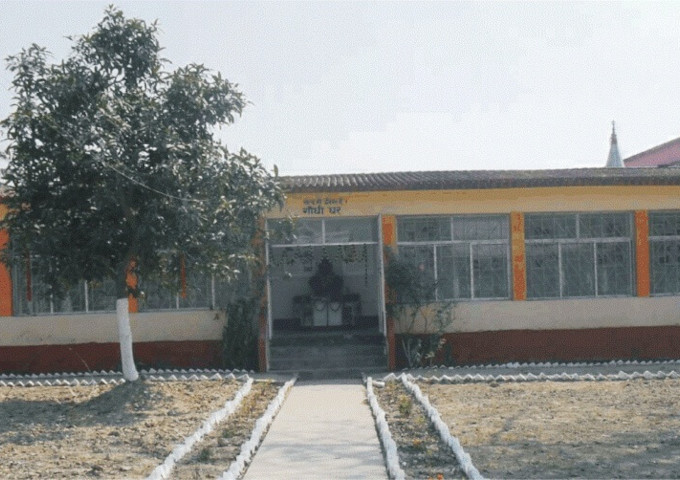
Gandhi Dham, Kursela
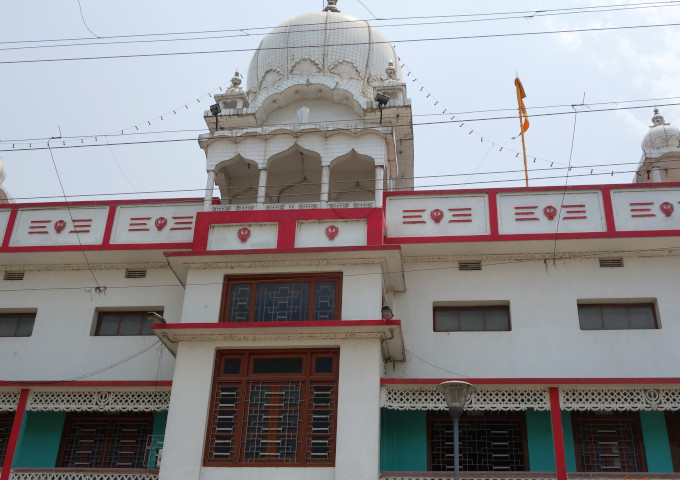
Gurudwara, R. Path
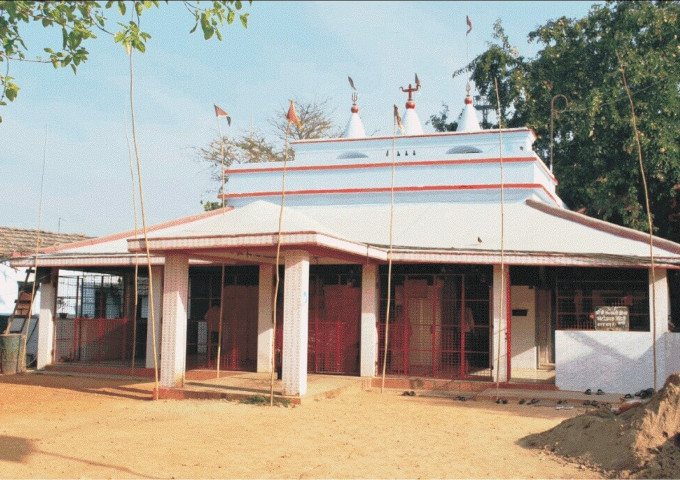
Kalibari, Katihar
